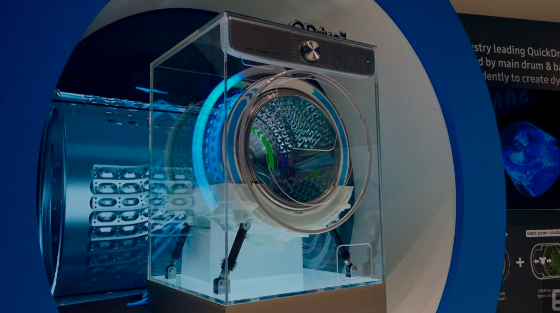Best Quality Allergen-Free Laundry Practices

In our daily lives, we often underestimate the impact of laundry practices on our overall well-being. For individuals with allergies or sensitivities, allergens present in clothing can be a constant source of discomfort. This comprehensive guide explores allergen-free laundry practices, shedding light on the importance of a clean and safe laundry routine.
Understanding Allergens in Laundry
1. Identifying Common Allergens
- Dust mites, pollen, pet dander, and mold spores are common allergens found in laundry.
- Recognizing the sources of allergens is the first step towards effective allergen management.
2. Impact of Allergens on Health
- Allergens in clothing can trigger respiratory issues, skin irritation, and exacerbate existing allergies.
- Understanding the health implications emphasizes the need for allergen-free laundry practices.
Creating an Allergen-Free Laundry Environment
3. Choosing Hypoallergenic Detergents
- Opting for detergents free from harsh chemicals and fragrances.
- Examining ingredient labels to ensure compatibility with sensitive skin.
4. Temperature and Allergen Removal
- Exploring the role of temperature in eliminating allergens during the laundry process.
- Balancing the need for hot water to remove allergens without damaging fabrics.
5. Importance of Regular Cleaning
- Establishing a consistent laundry schedule to prevent allergen build-up.
- Recognizing the impact of neglected laundry on indoor air quality.
Allergen-Free Fabric Softeners and Dryer Sheets
6. Choosing Allergen-Free Fabric Softeners
- Evaluating the impact of traditional fabric softeners on allergen retention.
- Exploring alternatives that provide softness without compromising on allergen control.
7. Dryer Sheet Considerations
- Understanding the role of dryer sheets in reducing static and softening fabrics.
- Selecting allergen-free options to enhance overall laundry hygiene.
Special Care for Bedding and Linens
8. Bedding and Allergen Management
- Recognizing the significance of allergen-free bedding for a good night’s sleep.
- Implementing specific strategies for washing pillows, mattresses, and duvets.
9. Regularly Washing Linens and Towels
- Establishing a routine for washing linens and towels to minimize allergen exposure.
- Exploring methods to maintain freshness without compromising on allergen control.
Additional Tips for Allergen-Free Laundry
10. Separating Allergen-Prone Items
- Segregating clothing items that are more likely to harbor allergens.
- Strategies for handling and washing specific materials prone to allergen retention.
11. Ventilation and Indoor Air Quality
- Emphasizing the role of proper ventilation in minimizing indoor allergens.
- Incorporating air purifiers and natural ventilation for a healthier living space.
Conclusion
In conclusion, adopting allergen-free laundry practices goes beyond mere cleanliness; it is a crucial step towards creating a safe and comfortable environment, especially for individuals with allergies or sensitivities. By understanding the sources of allergens, implementing appropriate cleaning methods, and choosing hypoallergenic products, we can transform our laundry routine into a proactive measure for overall well-being.




